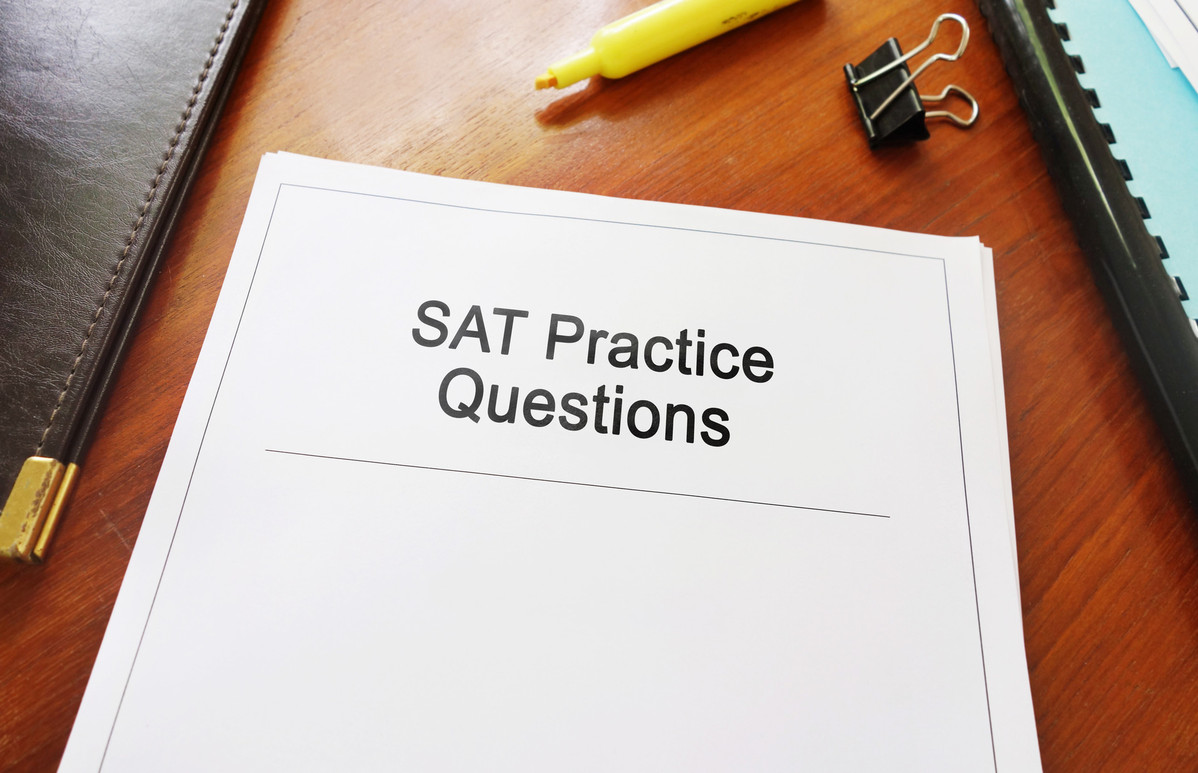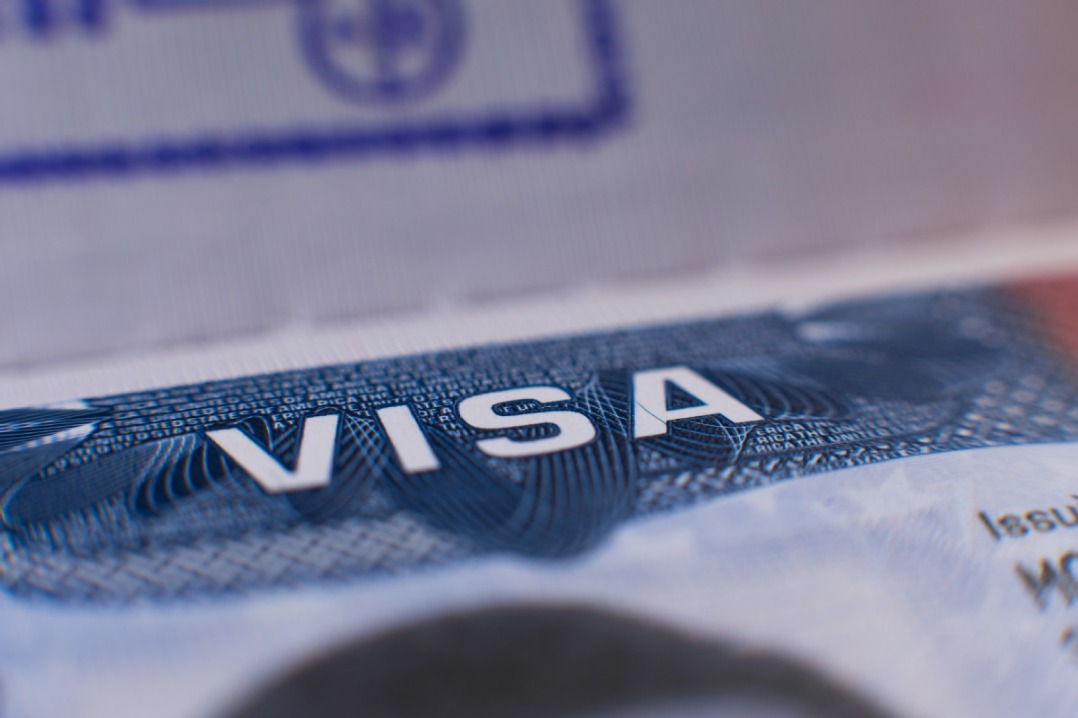SAT's 'adversity score' criticized by Asian groups


The College Board, the nonprofit that administers the SAT, plans to assign an "adversity score" to every student taking its test to balance disparities in social and economic backgrounds, but it's raising fears among some Asian-Americans about increased discrimination in college admissions.
Officially known as the "Overall Disadvantage Level", the score is an attempt to give universities a tool to admit a more diverse student body. It has been used by about 50 schools in an initial test and will be expanded to another 150 this year.
At least one Asian-American group has doubts about how the adversity score will be used.
"The adversity score should not be used in combination with racial preferences," Yukong Zhao, president of the New Jersey-based Asian American Coalition for Education, said in a letter to the College Board.
"The coupling of these two factors will lead to disastrous consequences for millions of working-class Asian-American families. Most of these families endure tremendous hardships and make great sacrifices so they can move to good school districts and send their kids to good schools. If implemented, the adversity score will surely punish their children who have already been harmed by racial preferences in college admissions."
Wenyuan Wu, director of administration for the Asian American Coalition, told China Daily, "College admissions should be merit-based, regardless of the applicant's racial and socio-economic background."
The irony is that the SAT was created to level the playing field. In 1934, Harvard University required all applicants to take the test to assure "equality of opportunity" and to replace social standing or family ties as factors in admission. Ivy League schools later imposed a de facto cap on the admission of Jewish students who, as a group, performed exceptionally well on the test.
Some Asian students now believe they are victims of similar discrimination and have sued Harvard, alleging they are held to a higher standard and some therefore are wrongly denied admission. The judge hasn't yet ruled on the case. Similar lawsuits have been filed against the University of North Carolina at Chapel Hill and the 10-campus University of California system.
The disparity in average SAT scores has been widely reported. In 2018, white students scored an average of 177 points higher than black students and 133 points higher than Hispanic students. Asian students averaged 100 points higher than white students.
The reason for the performance gap is hotly debated. Does it reflect differences in cognitive ability or cultural differences in the emphasis placed on education?
The adversity score appears to be an attempt to ameliorate the gap in SAT results.
It is based on data drawn from the US Census Bureau and other public sources, including median income of the applicant's neighborhood, crime statistics, quality of schools in the area and the prevalence of single-parent households.
The score is ranked from 1 to 100, and the student does not see it. A score of 50 is "average adversity", while numbers over 50 indicate an above-average level of adversity and may give a student an advantage in college admissions.
"When you see a young person's SAT scores in context, you can see something the SAT alone can't reveal, which is those students who are enormously resourceful, who have overcome a great deal in attaining that score," David Coleman, president of the College Board, told Boston's National Public Radio station.
"Today, admissions officers informally try to collect school profiles, data about the neighborhood, they visit some schools. But that information is very uneven. Just by making it more uniform, by creating a generalized context that all students could get similar data, the likelihood they would actually admit poor students increased by 25 percent."
Yale University said it has nearly doubled the number of low-income students to about 20 percent of the freshman class by using the adversity score, but not everyone is convinced of the score's efficacy.
"The purpose (of the adversity score) is to get race without using race," Anthony Carnevale, director of Georgetown University's Center on Education and the Workforce, told The Wall Street Journal.
Carnevale formerly worked at the College Board and managed Strivers, a since-discontinued program created after California and Washington state voted to ban affirmative action admissions in public education.
In Strivers, students who scored at least 200 points higher than predicted on the SAT became Strivers and may have received an advantage in admission.
Because black and Hispanic students had lower predicted scores, they were more likely to become Strivers. Critics said the program put white and Asian students at a disadvantage because they had higher predicted SAT scores.
"Education is an indispensable part of the American Dream," Asian American Coalition for Education's Zhao said in his letter to the College Board. "Every US citizen should have an equal opportunity to achieve success and prosperity through hard work, determination and initiative.
"While we support initiatives to help truly disadvantaged children, we strongly oppose the College Board's irresponsible and precipitous attempt to use the adversity score as a tool of social engineering."

































